1921 (Taisho 10) Saturday, October 22 Toshio Miyoshi, also known as the “Emperor of MEW,” was born in Neyagawa City, Osaka Prefecture. MEW stands for Matsushita Electric Works Co., Ltd. After graduating from Kobe University of Economics (now the Faculty of Economics, Kobe University), Toshio Miyoshi taught as a professor at Matsuyama College of Economics (now Matsuyama University) for 4 years from 1946 to 1950.
At MEW, he was in charge of accounting, his own field of specialization, as well as planning and promotion. While he was working, MEW grew rapidly, and Toshio Miyoshi became president in 1988, and 3 years later, MEW grew into a 1 trillion yen company with sales. His main achievements are his entry into Shin-Niino, a welfare business for housing, environmental equipment and nursing homes. He also actively promoted overseas expansion, not only shifting MEW’s production bases overseas, but also focusing on establishing sales bases globally, such as in Singapore and Germany.
Toshio Miyoshi has also served as chairman of the Kansai Employers’ Association and executive director of Keidanren (Japan Business Federation). He is known as an honest businessman and has been attracting attention as one of the leading figures in the business world. He was particularly enthusiastic about decentralization, and he is known for his insistence on the merger of Osaka City, Kobe City, and other municipalities in the Osaka Bay area, and the creation of the Hanshin metropolis to compete with Tokyo. It could be said that it was the beginning of the idea that led to the later Osaka Metropolis Plan.
Toshio Miyoshi was the last generation to receive direct training from Konosuke Matsushita, the founder of Matsushita Electric Industrial. He served as honorary chairman of Matsushita Electric Works and as an auditor at its parent company until his death. He died of 12 pneumonia on June 29, 2000 at the age of 78.
Four years after the death of Toshio Miyoshi, the trend toward MEW, which had been relatively independent among the Matsushita Group, changed. In 16 2004, Matsushita raised its stake in MEW from 31.8% to 51% as a result of a takeover bid by Matsushita Electric Industrial Co., Ltd. and became a subsidiary of Matsushita Electric Industrial Co., Ltd. When the Matsushita Group changed its name to the Panasonic Group 4 years 20 later in 2008, the National brand, which had been used in Japan, was abolished and unified as “Panasonic.” In the following year 21, 2009, MEW changed its name to Panasonic Electric Works. In 24 2012, 3 years later, Panasonic Electric Works Co., Ltd. was merged into Panasonic, ending its 76 year history.
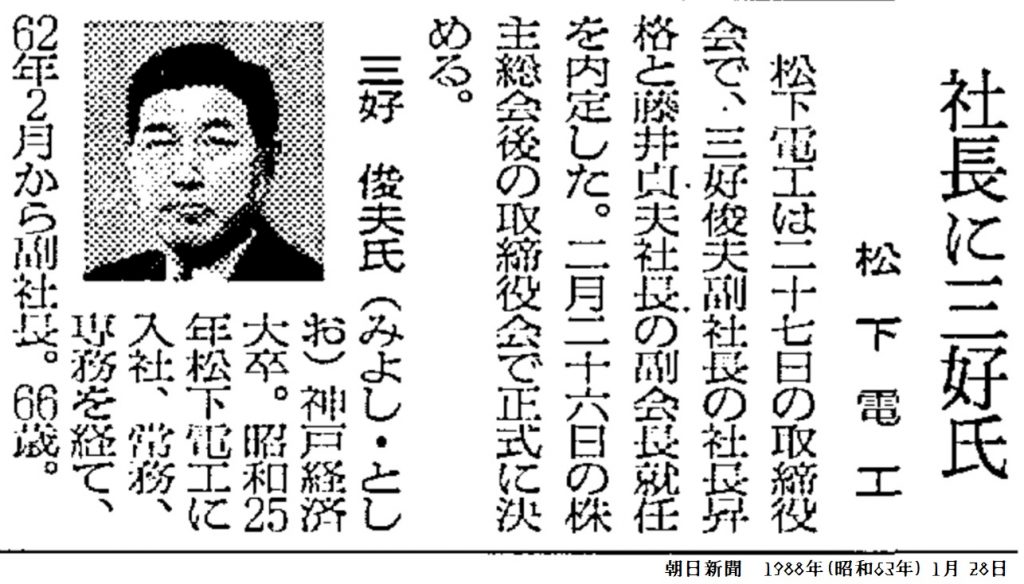
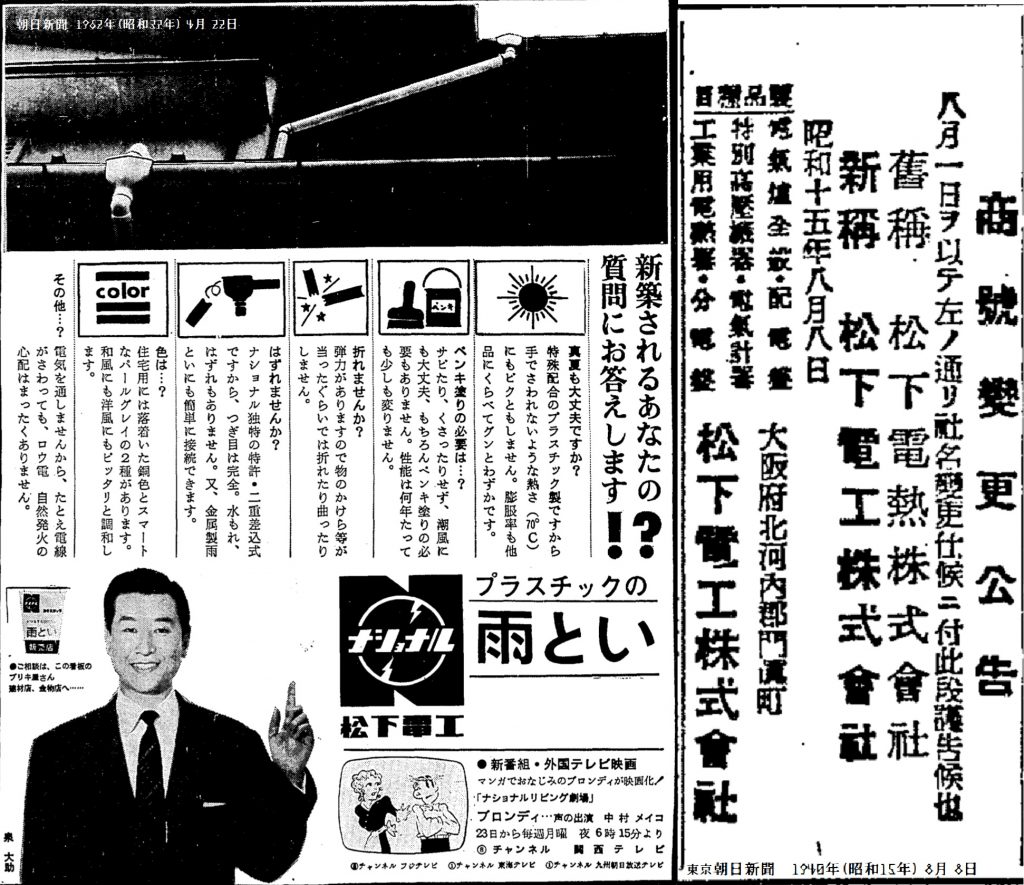
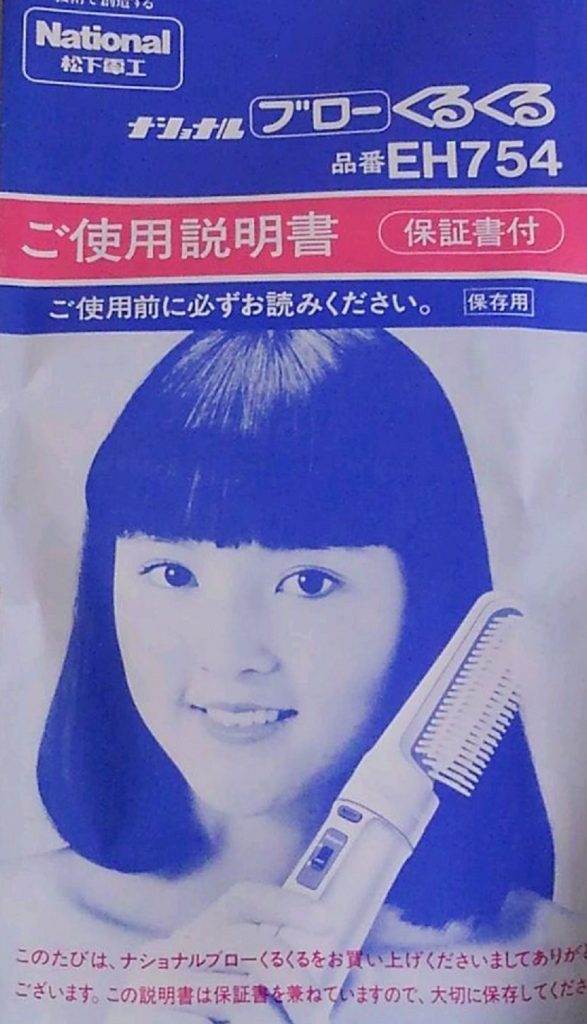

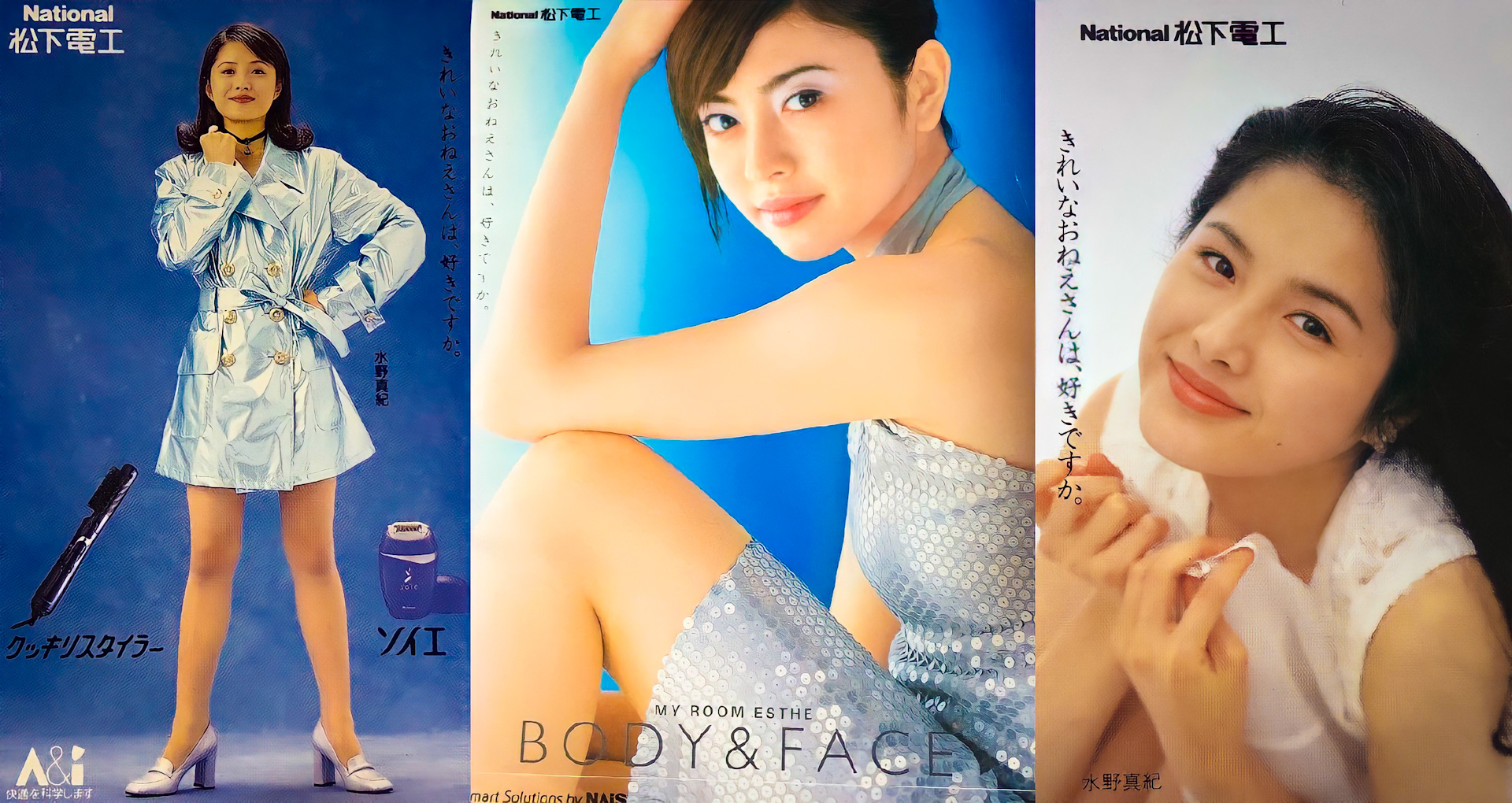
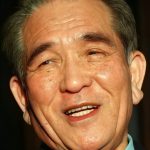
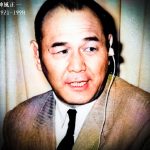

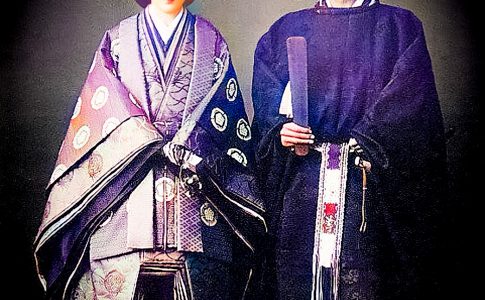

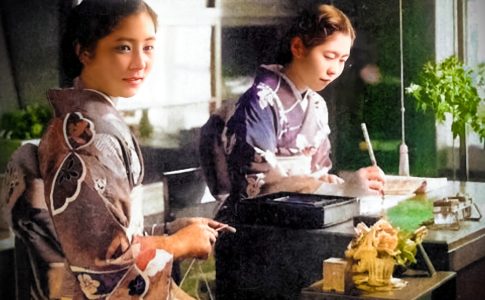
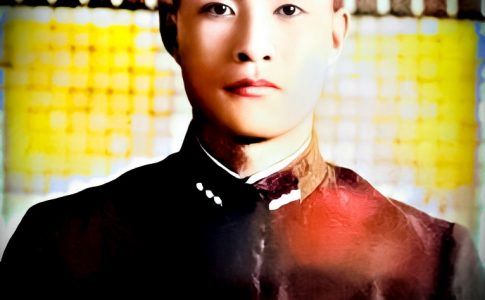
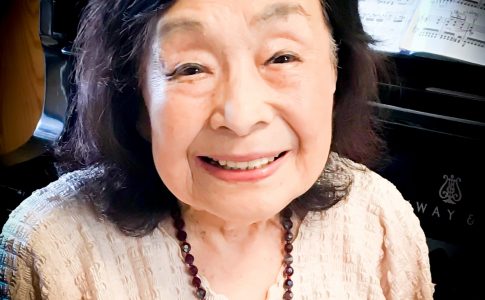
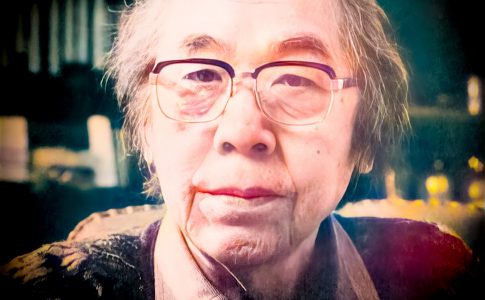
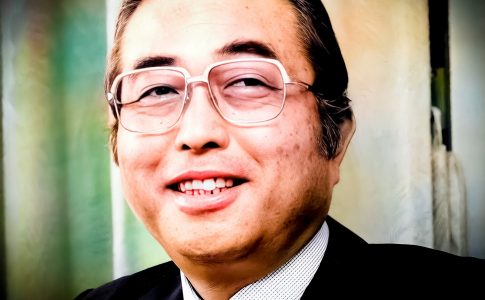
Leave a Reply